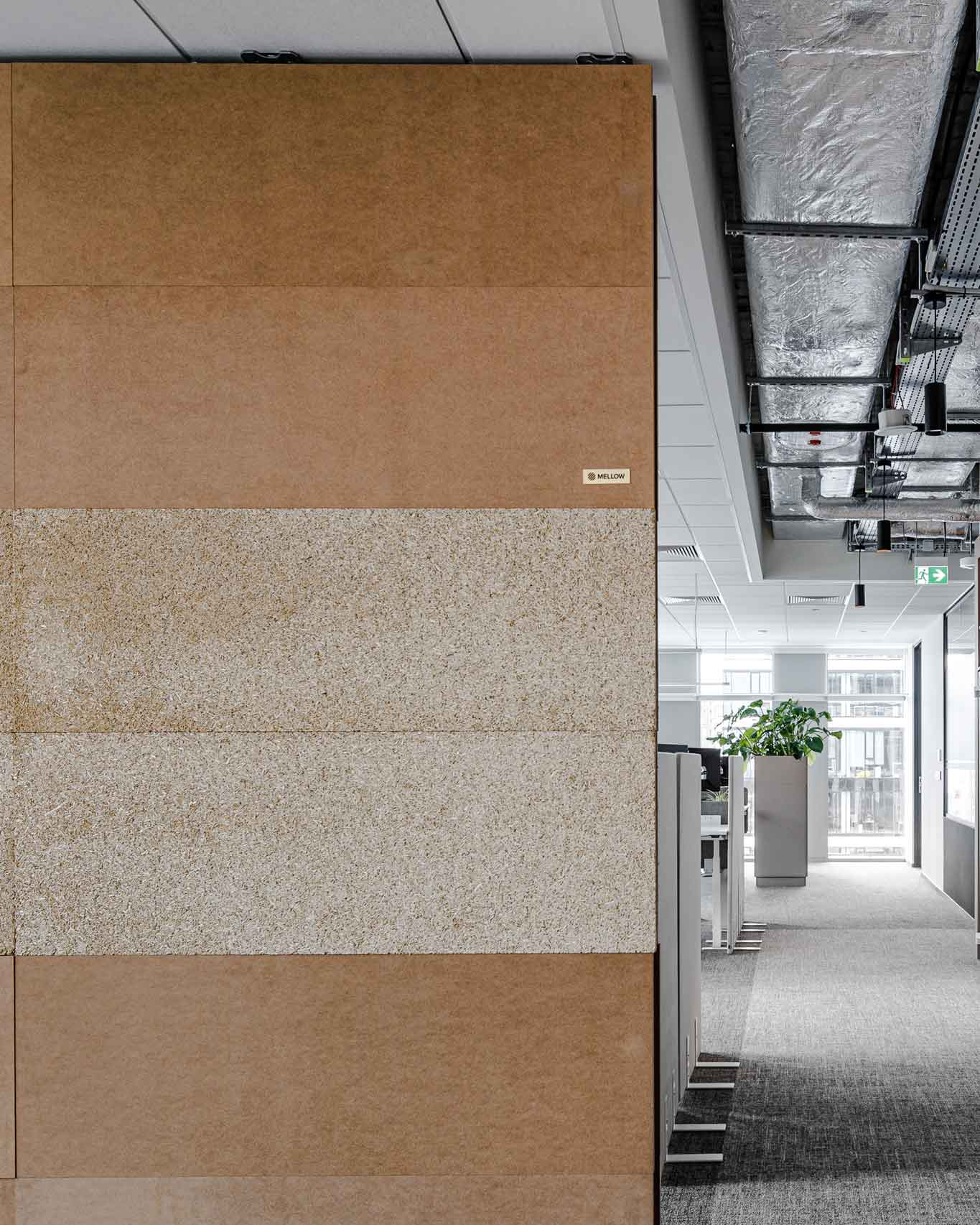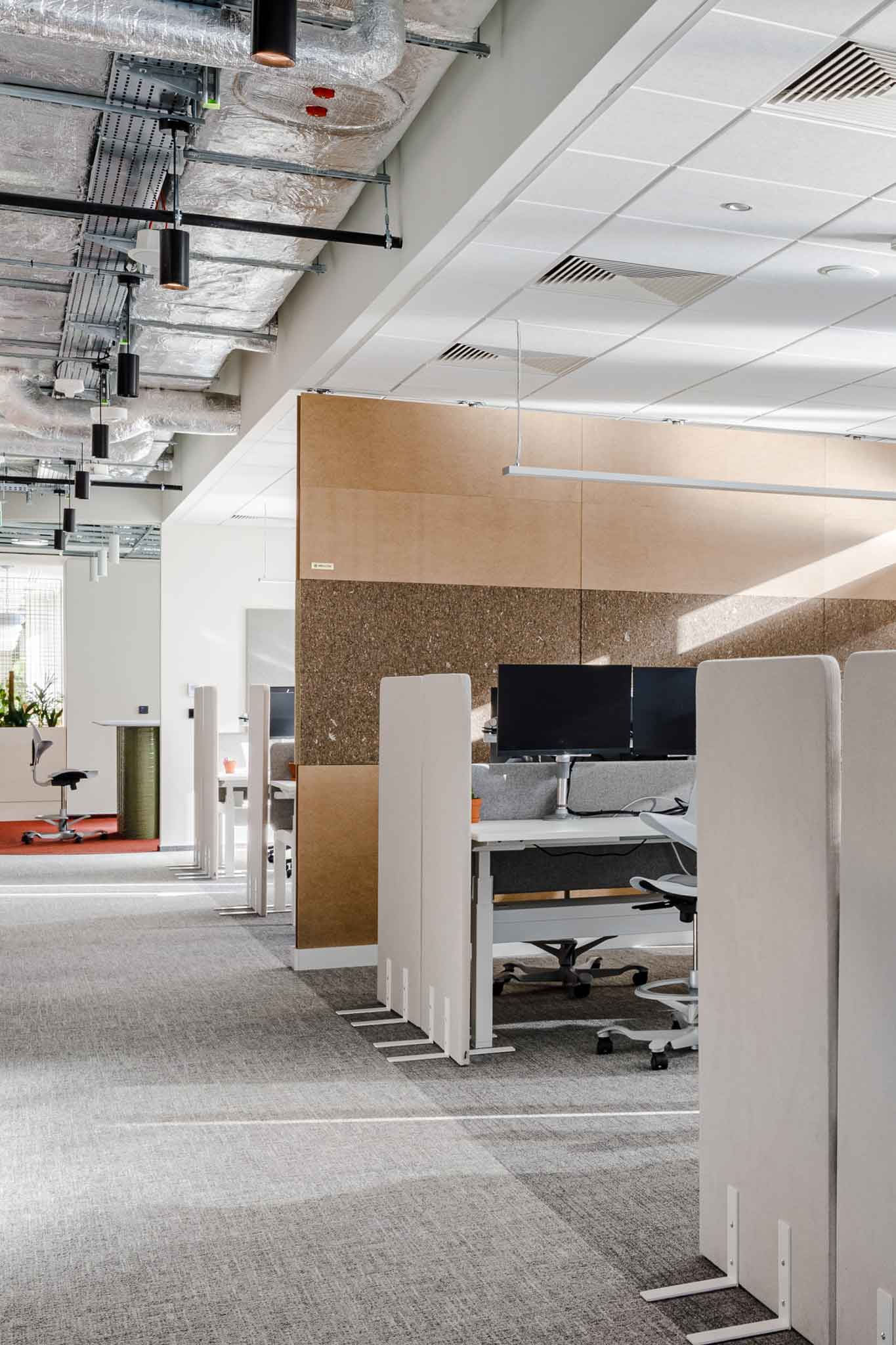
Exploring the Essence of Sustainable Urban Planning
Author: Carol Haddad
Introduction
In the dynamic tapestry of modern urban landscapes, sustainability has emerged as a guiding principle, reshaping the way cities are planned, developed, and inhabited. Let’s delve into the essence of sustainable urban planning and its profound impact on shaping our cities for the better.
Understanding Sustainable Urban Planning
Sustainable urban planning is a holistic approach to city development that seeks to create vibrant, resilient, and equitable communities while minimizing negative environmental impacts. It emphasizes the integration of social, economic, and environmental considerations to promote long-term sustainability and quality of life for residents.
Key Principles
Compact Development: Encouraging compact, mixed-use development patterns that promote walkability, reduce urban sprawl, and minimize reliance on automobiles.
Preservation of Green Spaces: Protecting and enhancing green spaces, parks, and natural habitats to promote biodiversity, improve air quality, and provide recreational opportunities for residents.
Public Transit and Active Transportation: Investing in public transit infrastructure and promoting walking, cycling, and other forms of active transportation to reduce congestion, air pollution, and greenhouse gas emissions.
Energy Efficiency and Renewable Energy: Promoting energy-efficient building designs, green building standards, and the use of renewable energy sources to reduce energy consumption and mitigate climate change impacts.
Community Engagement and Inclusivity: Engaging communities in the planning process, fostering inclusive decision-making, and addressing social equity issues to ensure that development benefits all residents, especially marginalized communities.
Resilience and Adaptation: Building resilience to climate change, natural disasters, and other environmental risks through strategic land-use planning, infrastructure investments, and disaster preparedness measures.

Benefits of Sustainable Urban Planning
- Improved Quality of Life: Sustainable urban planning creates healthier, more livable communities with access to green spaces, clean air, and efficient transportation options.
- Environmental Protection: By reducing resource consumption, minimizing pollution, and preserving natural ecosystems, sustainable urban planning helps safeguard the environment and mitigate climate change impacts.
- Economic Prosperity: Sustainable cities attract investment, spur innovation, and create economic opportunities while promoting social equity and shared prosperity.
- Social Cohesion: By fostering inclusive communities and promoting social interaction, sustainable urban planning strengthens social bonds and fosters a sense of belonging among residents.
Challenges and Opportunities
While sustainable urban planning offers numerous benefits, it also presents challenges such as funding constraints, regulatory barriers, and conflicting stakeholder interests. However, these challenges can be addressed through innovative policies, collaborative partnerships, and community-driven initiatives that prioritize sustainability and resilience.
Conclusion
In conclusion, sustainable urban planning is essential for creating cities that are resilient, equitable, and environmentally sustainable. By embracing the principles of sustainability and adopting a long-term perspective, we can build cities that thrive economically, socially, and environmentally for generations to come.
mellow designs offers products that can help tranforms urban spaces to be sustainable, enjoyable and inclusive. Book a call below to learn more.
References
Latest ArtiCles


building better with adaptable partition walls

One Response
Your point of view caught my eye and was very interesting. Thanks. I have a question for you.